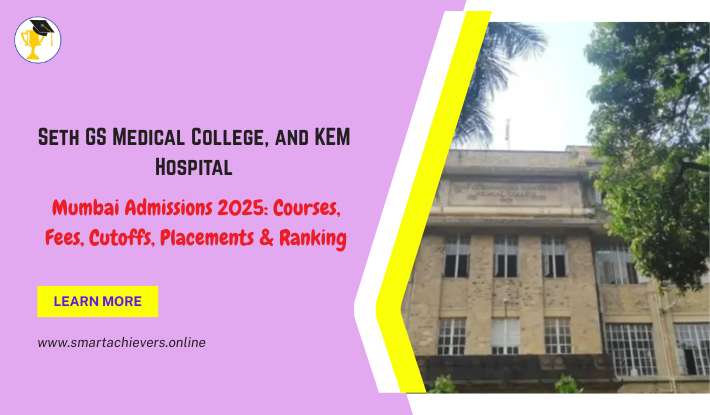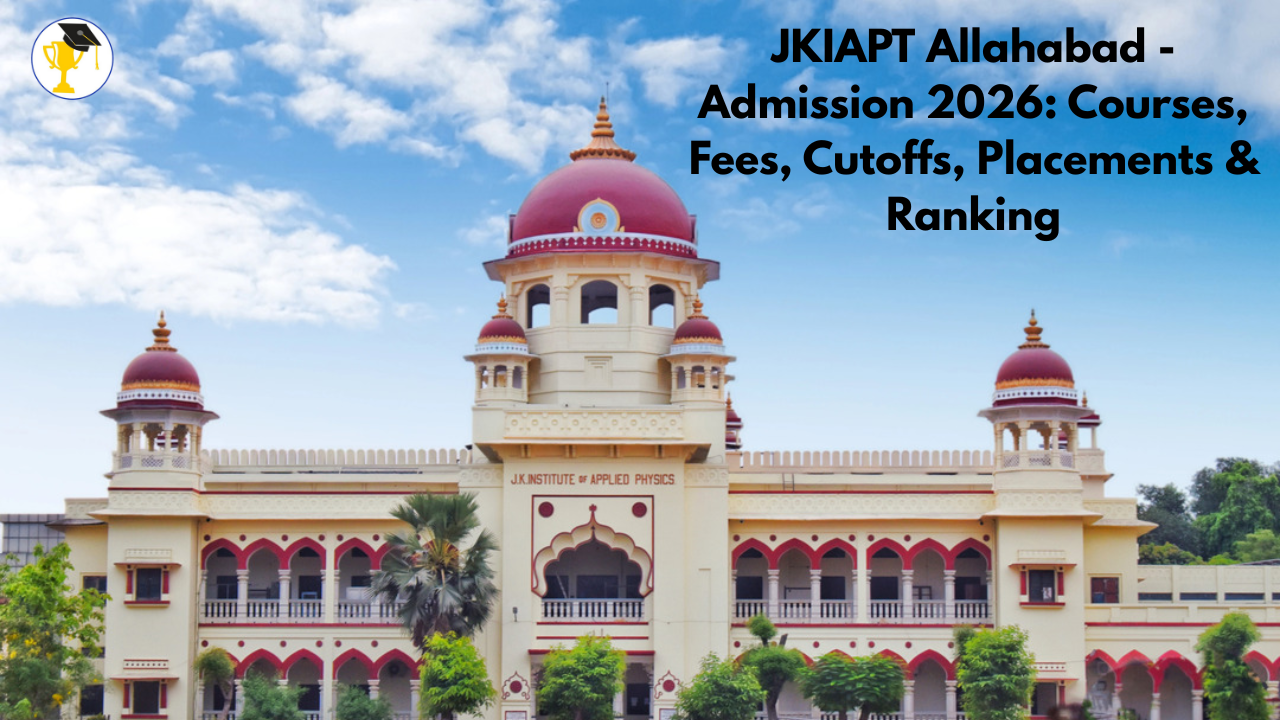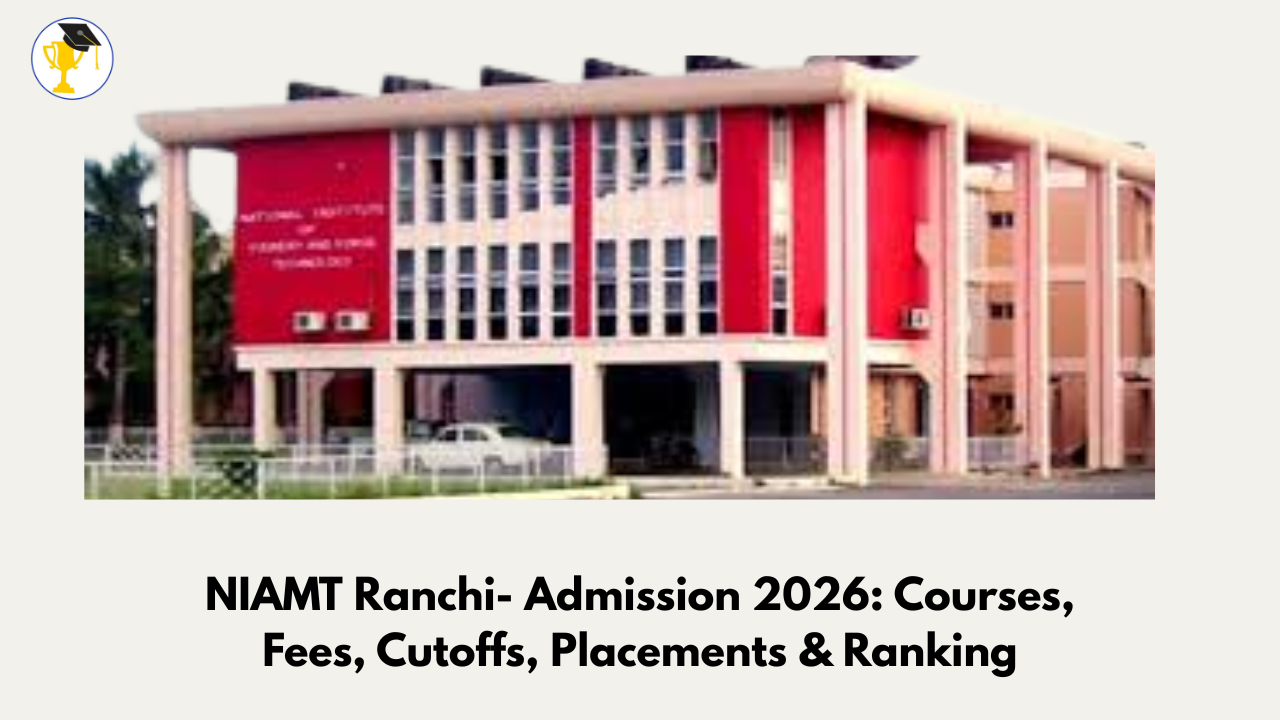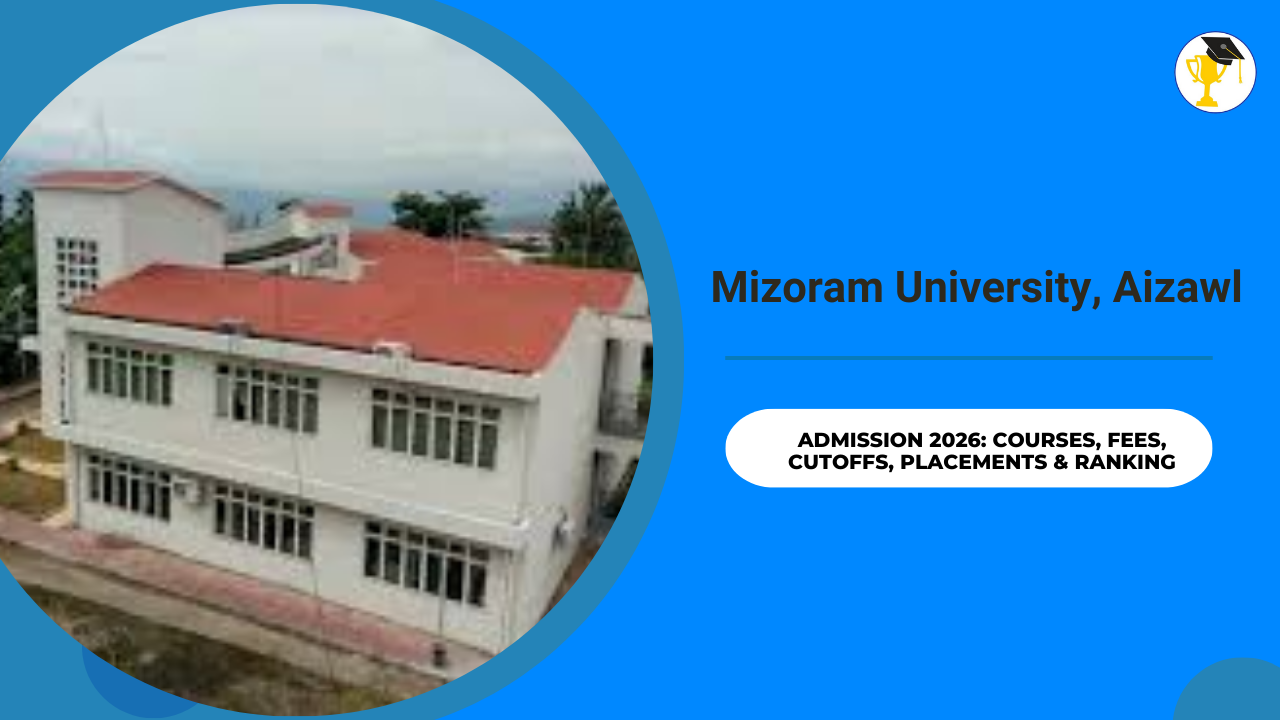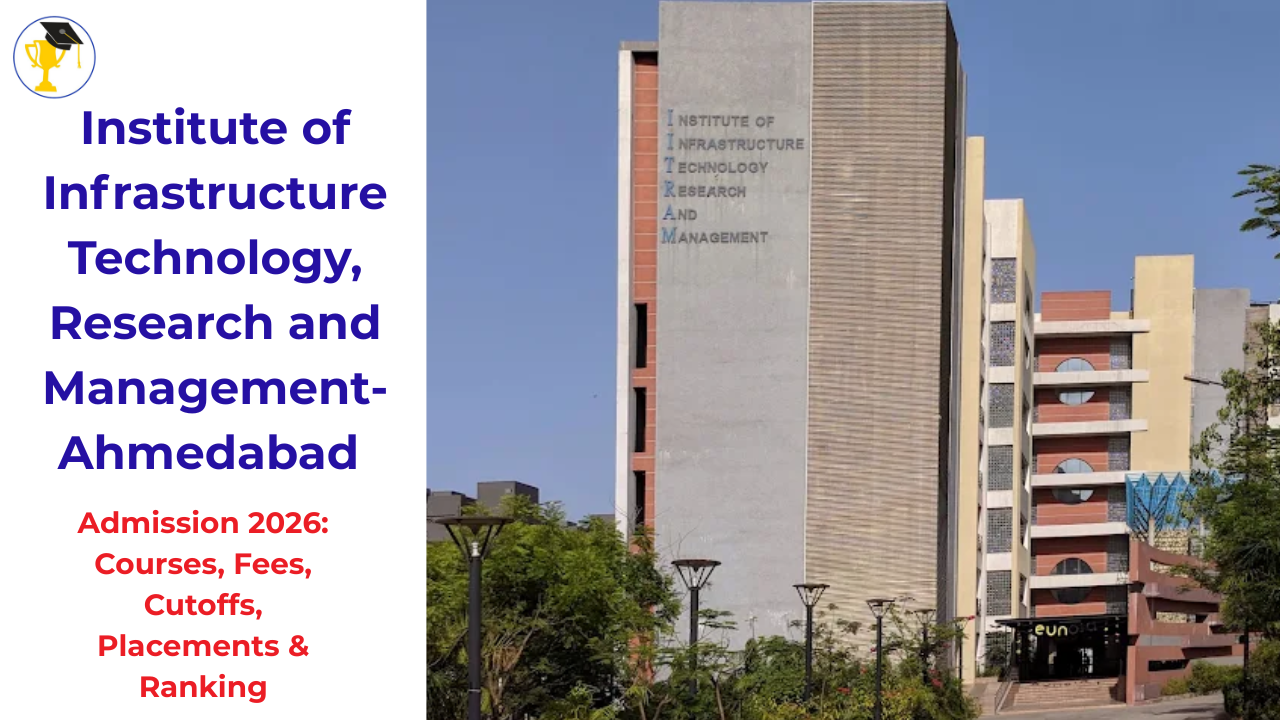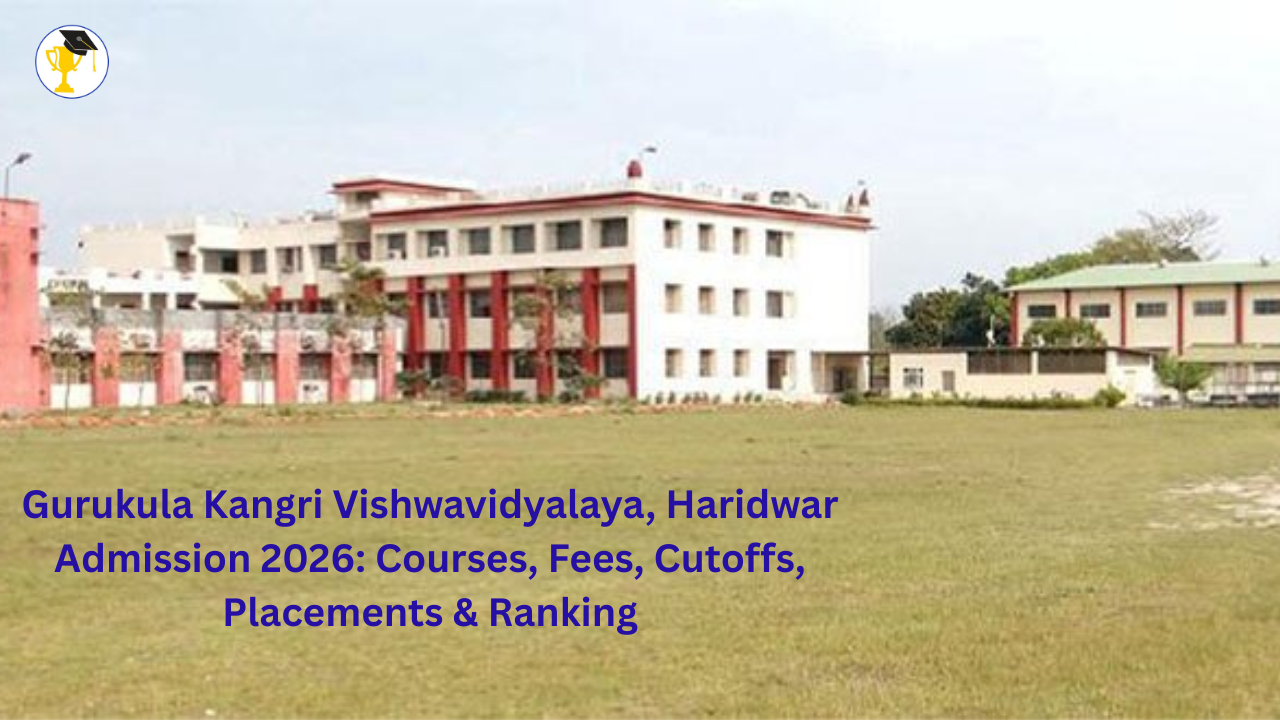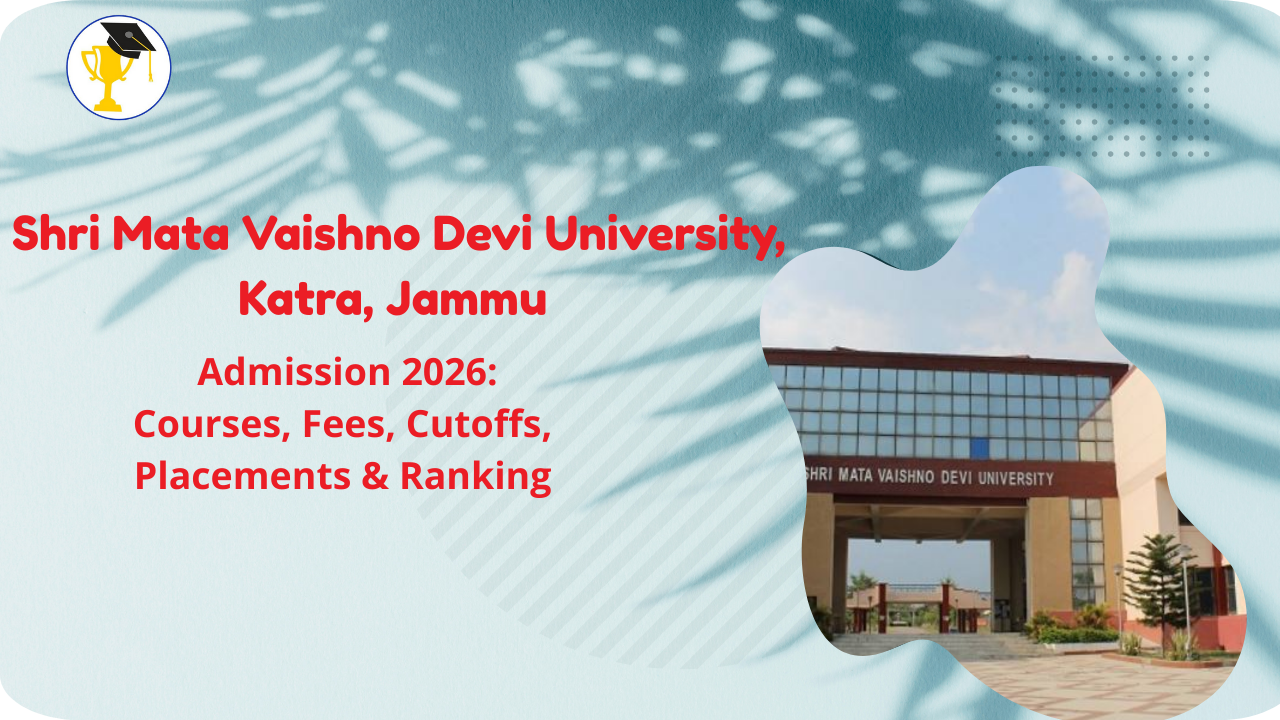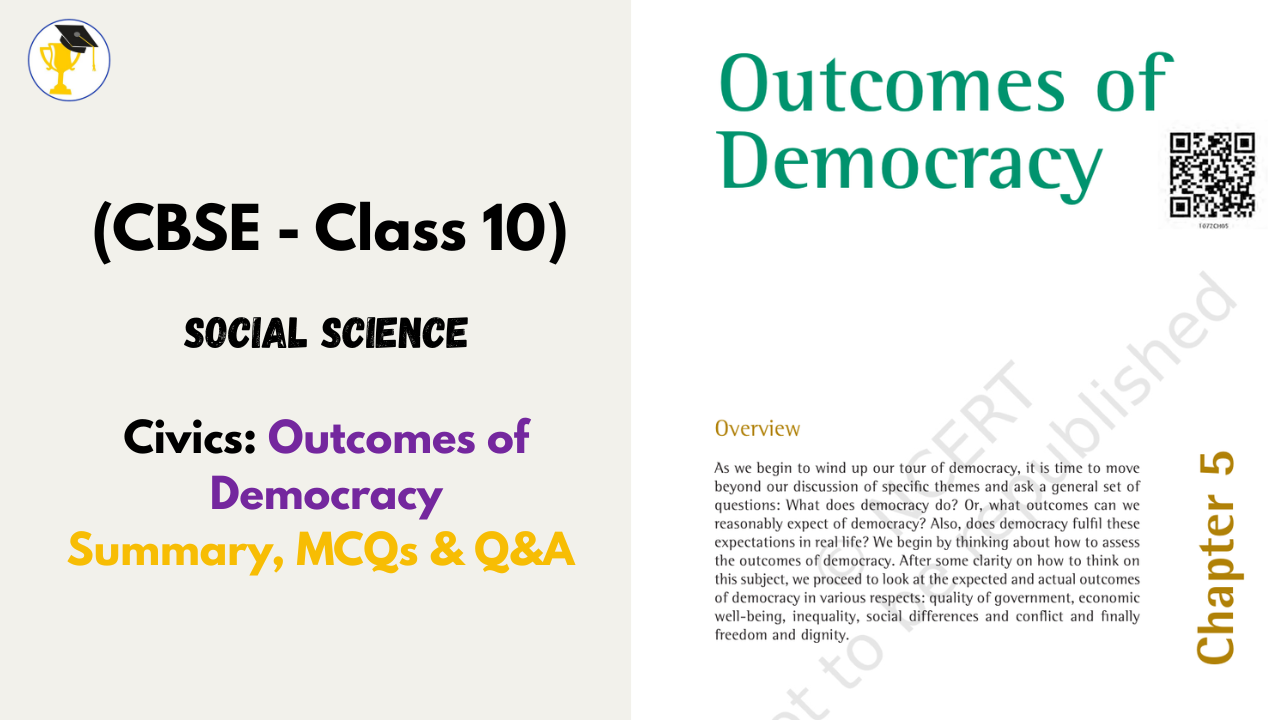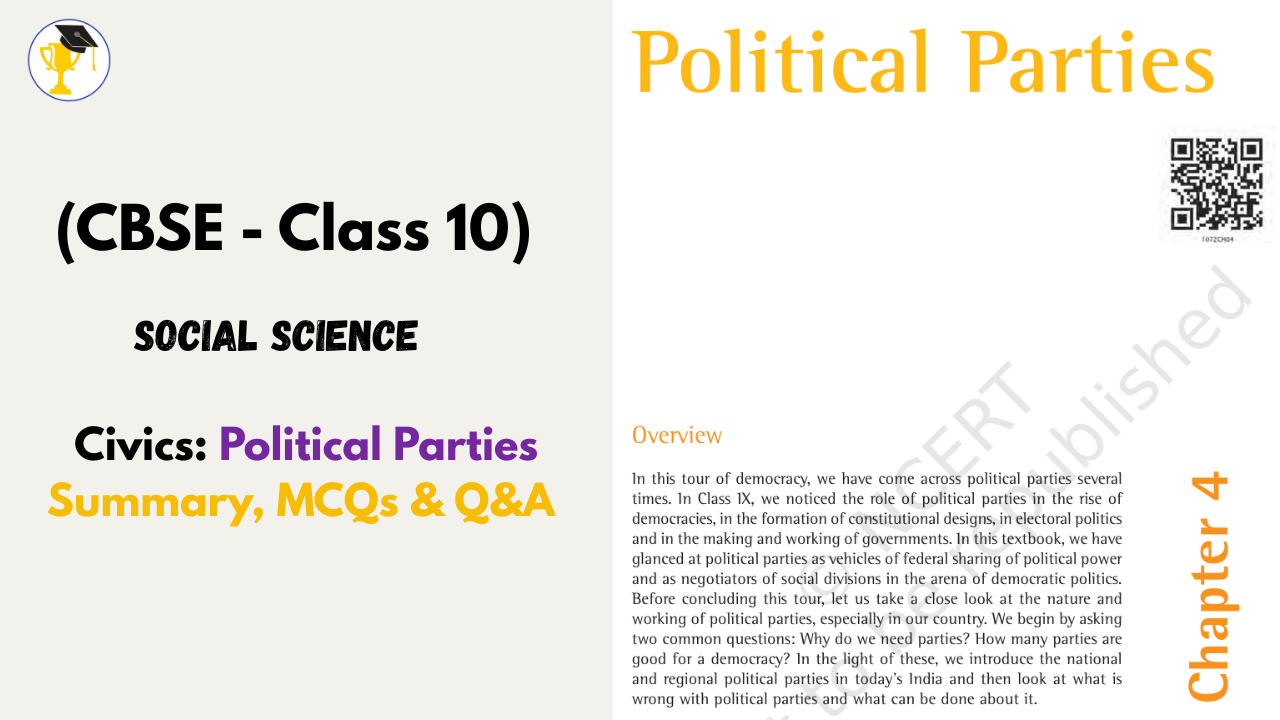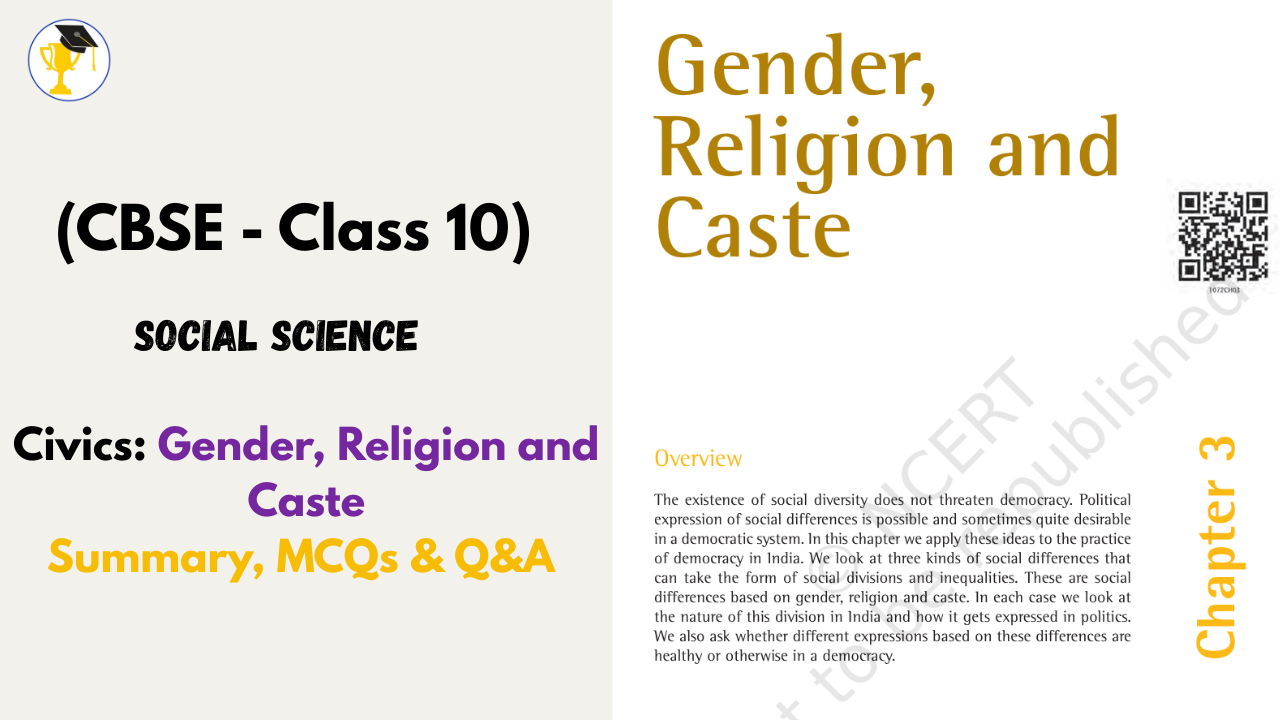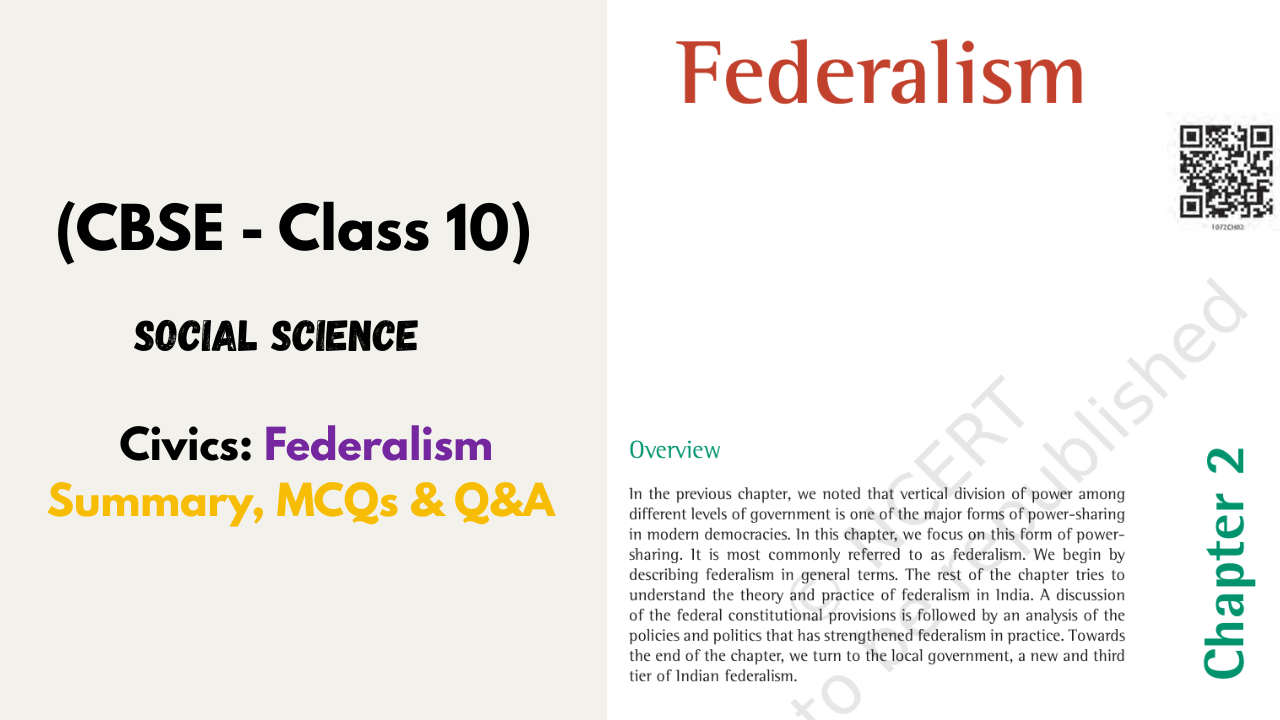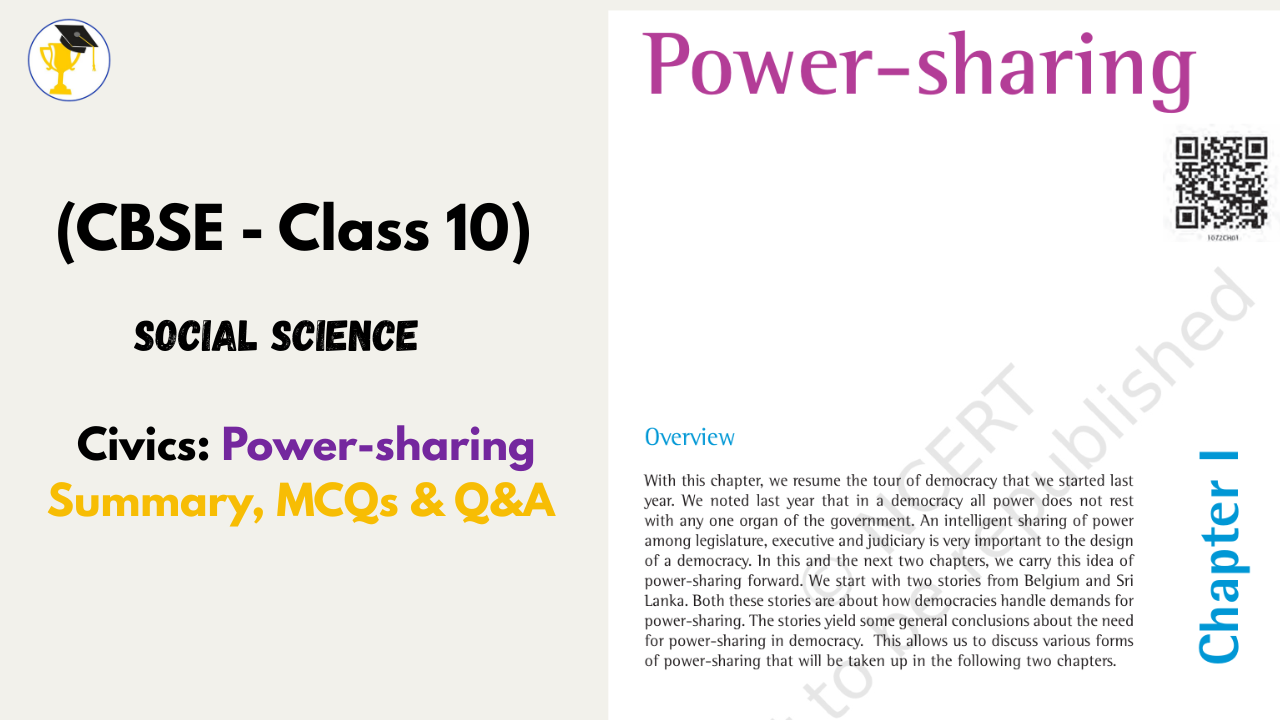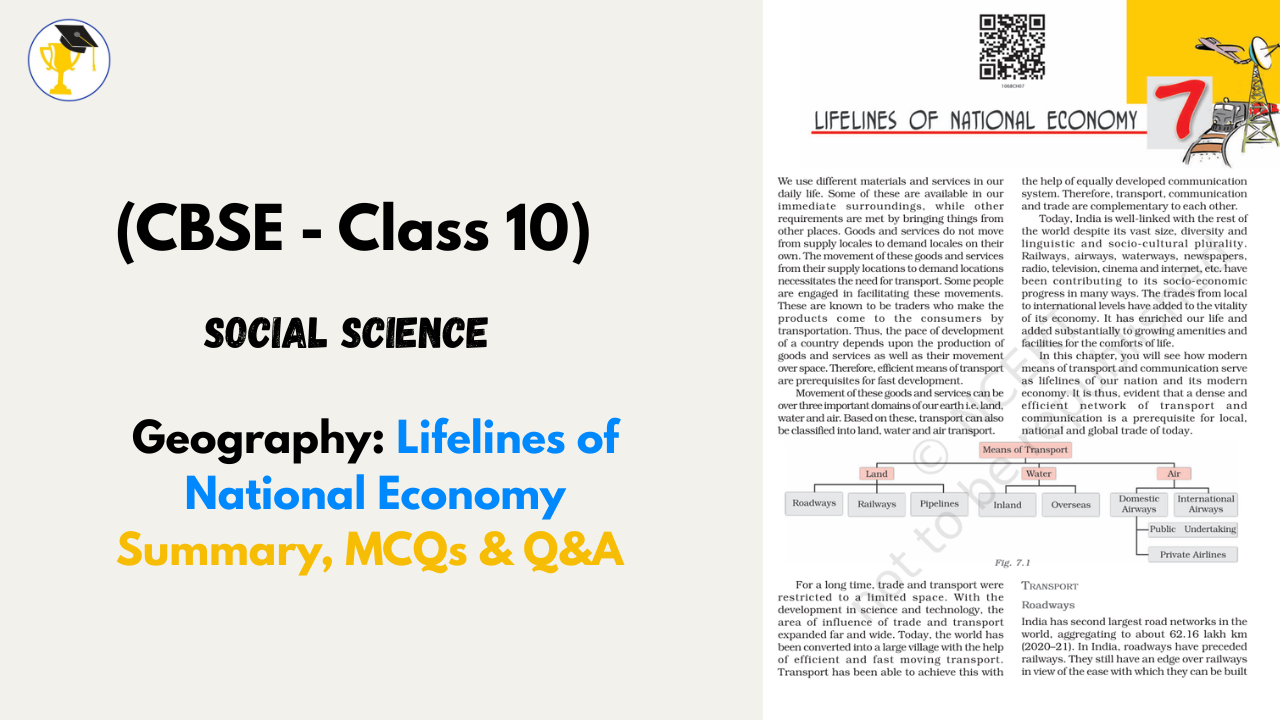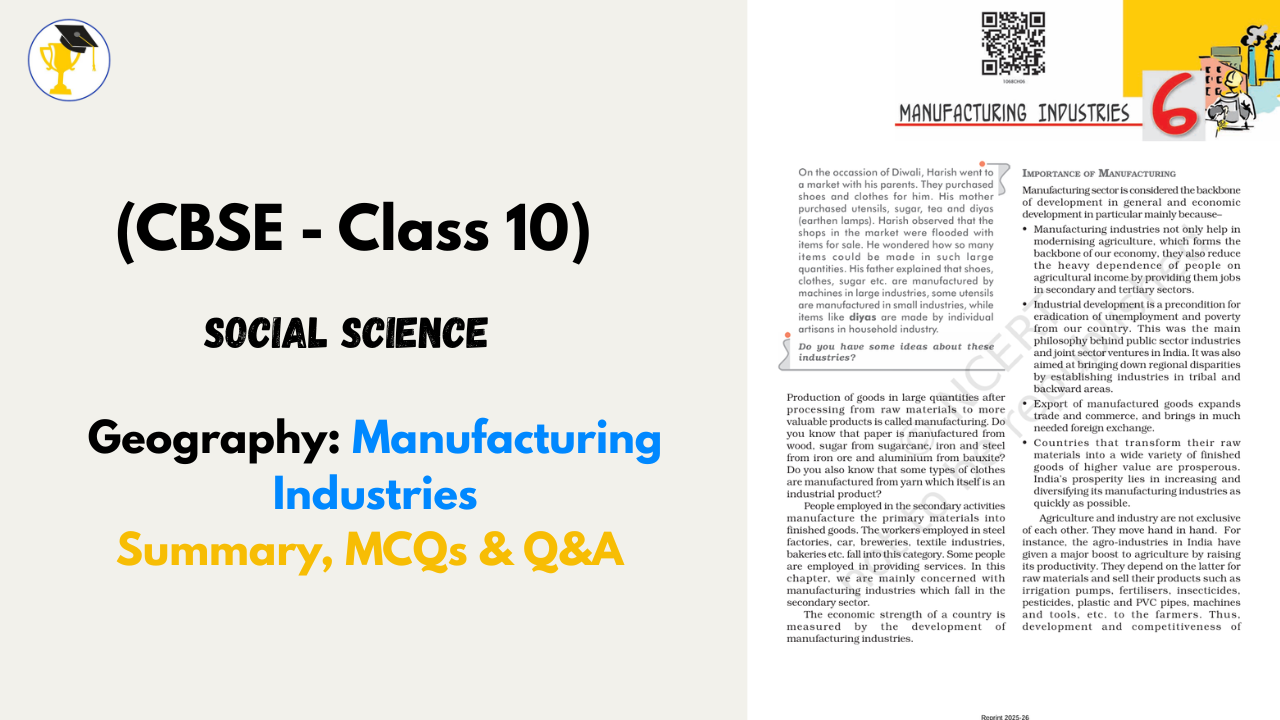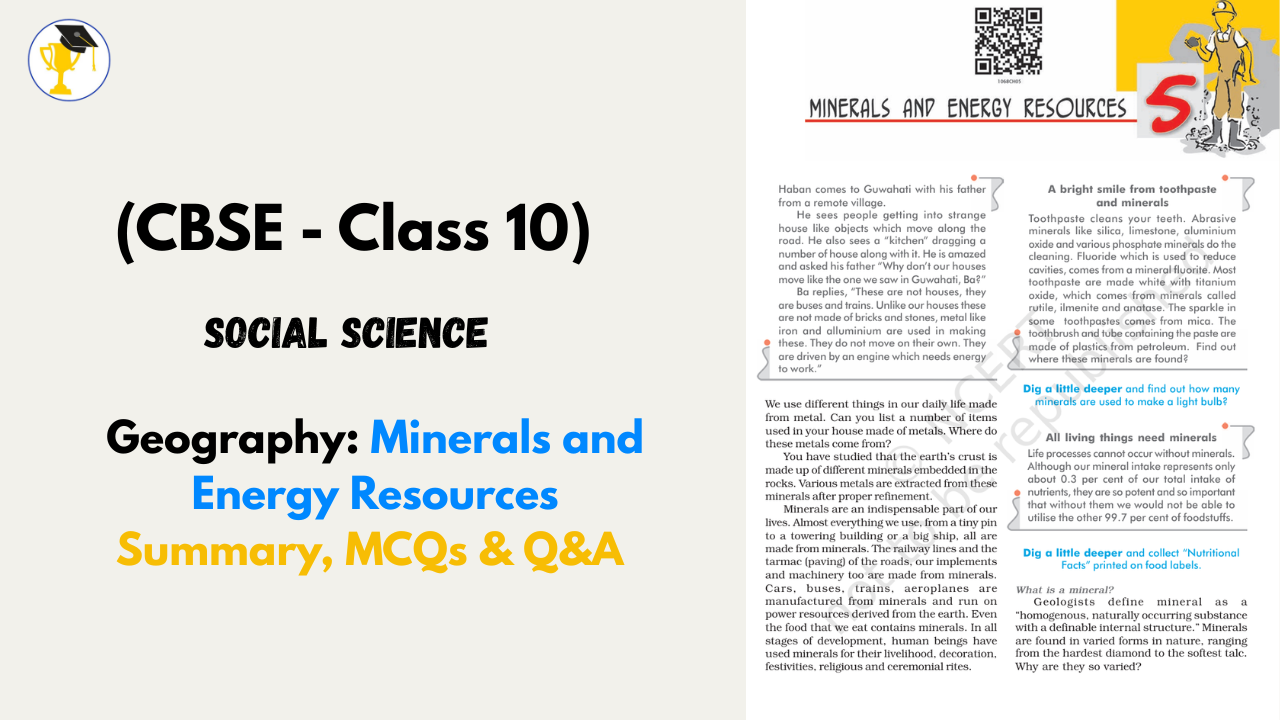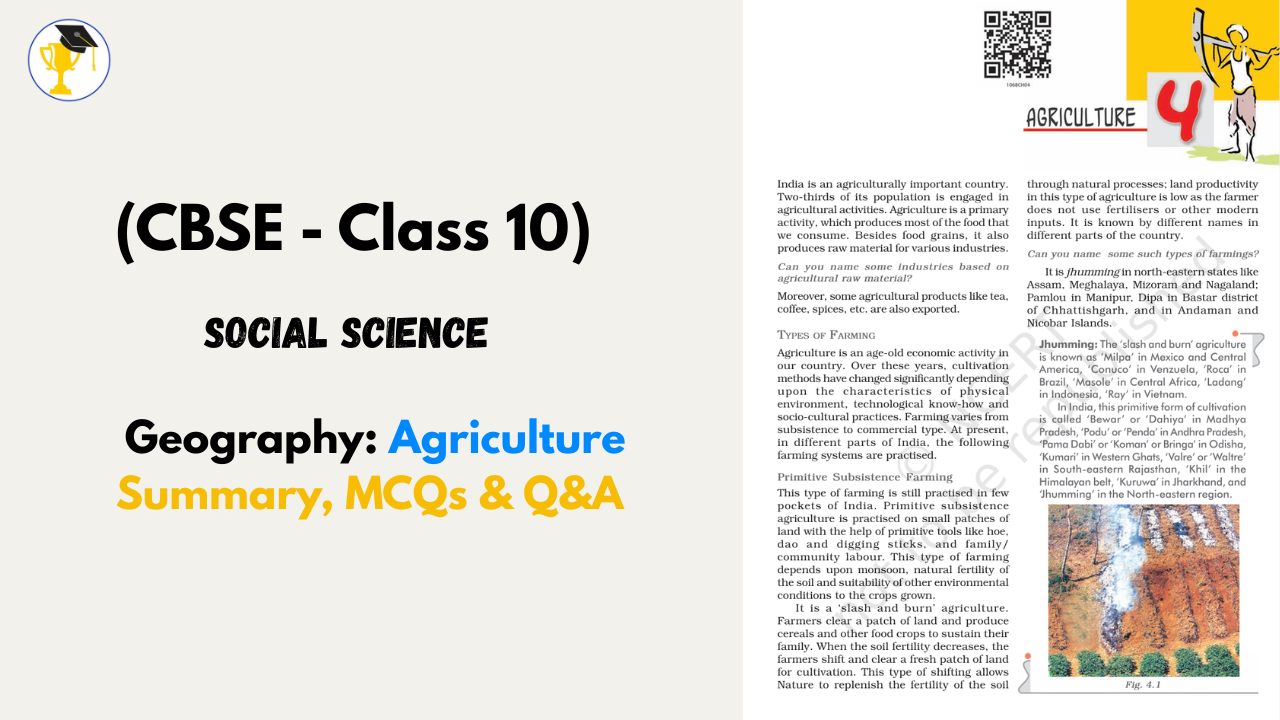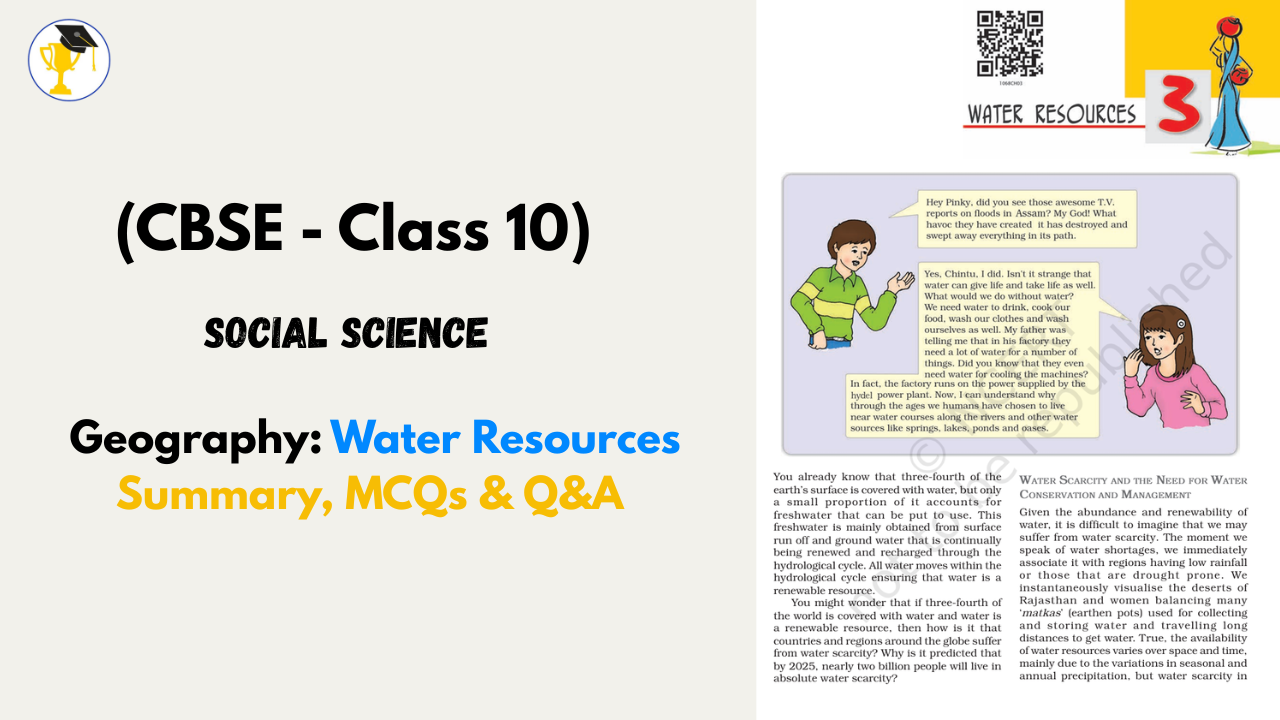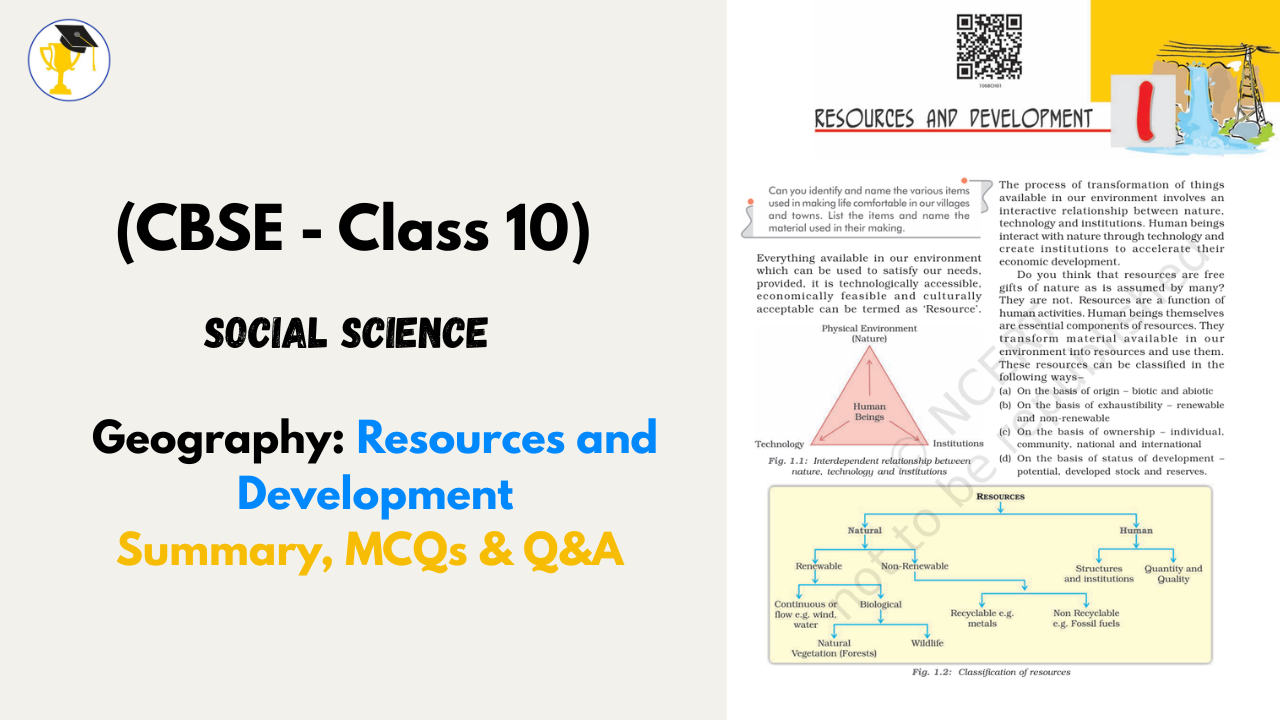Seth GS Medical College, and KEM Hospital, Mumbai Admissions 2025: Courses, Fees, Cutoffs, Placements & Ranking
Introduction & Institutional Profile
Seth Gordhandas Sunderdas Medical College & King Edward Memorial (KEM) Hospital, Mumbai, is one of India’s oldest and most prestigious government medical colleges, established in 1926. It is affiliated to Maharashtra University of Health Sciences (MUHS), Nashik, and recognized by the National Medical Commission (NMC).
KEM Hospital (the teaching hospital) has over 1,800 beds and handles a massive patient load — both in outpatient and inpatient settings — giving students rich clinical exposure.
In 2025 rankings, the institution is placed among the top medical colleges in India (for example, #27 in one medical ranking list) and is often ranked #1 in Mumbai in many peer lists.
Because GSMC + KEM is a government institute, competition is fierce, and the resources and faculty are strong.
Courses & Seat Matrix
Here is a broad picture of the courses offered and the intake:
Undergraduate (MBBS)
-
Duration: 4.5 years + 1 year internship (total ~5.5 years)
-
Annual Seats: ~ 250 seats for MBBS
-
Eligibility: 10+2 (or equivalent) with Physics, Chemistry, Biology/Biotechnology and English, minimum required aggregate (generally 50% for general category, lower for reserved). Also, qualifying in NEET-UG.
Postgraduate (MD / MS and Diploma)
-
Various MD / MS / Diploma courses across many clinical and basic science specialties are offered.
-
For example, MD (General Medicine), MS (General Surgery), MD Radiology, MD Pathology, MD Paediatrics, MS Orthopaedics, etc.
-
Duration: Typically 3 years for MD / MS.
Super-specialty (DM / M.Ch / NEET-SS)
In summary, a student could join MBBS and then proceed to PG / super-specialty at the same institute if they meet the merit requirements.
Fee Structure (Approximate / Expected for 2025)
Since government institutes revise fees periodically, these figures are indicative (based on latest available sources).
MBBS
-
The MBBS tuition fee is relatively low for a government college. One source cites ~ INR 1,57,380 per year as tuition (for 2024) for MBBS.
-
Over the entire course (5 years), total tuition would sum to about ~ INR ~7.9 lakhs (assuming stable fee) as a rough estimate.
-
There may also be other charges (development fee, library fee, caution deposit) as per college policy.
MD / MS
-
For postgraduate courses, one source quotes an annual tuition of INR 1,43,300, plus hostel fee (~ INR 4,000/month) and other charges (admission, library, etc).
-
That source also mentions additional fees: admission fee ~ INR 1,500, development fee ~ INR 5,000, library fee ~ INR 1,000, caution money deposit ~ INR 4,000.
Notes & Variability
-
Because this is a government institute, tuition fees are subsidised relative to private colleges.
-
Fees may differ for students from outside Maharashtra, or special quotas.
-
The hostel fee is separate (discussed below).
-
Always verify the latest fee schedule from official sources before applying.
Cutoffs & Admission (2025 / Recent Trends)
Admission is done via NEET (UG, PG, SS) + state or national counselling.
MBBS Cutoffs & Ranks
-
The cutoffs are expressed in terms of closing ranks in NEET counselling (All India Quota, state quota, reserved categories) and vary round by round.
-
In 2025, for MBBS, the General (AI) category closing rank is approx 1,126 in Round 2.
-
For OBC (AI), the closing rank is ~ 3,703. For SC (AI), ~ 18,686.
-
Considering Maharashtra state quota, General category cutoffs in 2024 have been around rank 2,120 – 3,689 in various rounds.
-
For 2025, overall MBBS closing rank across all categories (AIQ) is up to ~ 80,620 (for lower categories) in some rounds.
-
The cutoff ranges by category and round show that competition is stiff, especially for top categories and for specific seat quotas (All India, state, reserved).
PG / MD / MS Cutoffs
-
For PG courses, the cutoff (closing ranks) vary per specialty, category, and year.
-
For instance, for MD (General Medicine) in 2024, closing ranks in General category have been 127 in one listing.
-
In specialty fields like Radiodiagnosis, close competition causes cutoffs to be very high (i.e. very low rank required).
-
Because PG cutoffs shift each year, aspirants should review the most recent data for their desired specialty.
Placement, Career Outcomes & Clinical Exposure
Because Seth GS + KEM is a government teaching hospital with heavy patient load, clinical exposure is among its biggest strengths:
-
With 1,800+ beds and many departments, students see a diverse range of cases — from routine to complex surgeries, critical cases, emergency medicine, and specialty referrals.
-
The learning environment is rigorous, and students often gain practical experience during internships and clinical postings.
-
For many graduates, the typical paths include hospital employment (government or private), clinical practice, academic roles (teaching), or continuing to PG / super-specialty training.
-
Because of its reputation, graduating from KEM / GSMC can help secure better job opportunities or higher PG admissions elsewhere.
-
Specific placement statistics (like average salary, number of students placed, etc.) are not widely published in public sources for this institution. Most medical graduates go into healthcare roles — remuneration depends heavily on state, hospital type, specialty, experience, and location.
Rankings & Reputation
-
As noted earlier, in 2025 medical rankings, KEM + GSMC is ranked #27 out of ~522 (or 660) in some lists.
-
In Mumbai, it is frequently treated as the top public medical college or among the top few.
-
Past rank lists (India Today, The WEEK) place it often within the top ~10–15 medical colleges nationally.
-
Its long history, high patient inflow, and academic strength contribute strongly to its prestige.
Hostel Facilities & Campus Life
A key concern for students coming from other cities or states is accommodation. On that front:
-
Hostel facilities are available for both boys and girls.
-
The hostels typically include amenities like mess (dining), study rooms, WiFi, and basic living infrastructure.
-
Hostel fee (for PG students) is often about INR 4,000 per month in some sources.
-
The campus environment, being in Mumbai, has good connectivity, and many urban amenities are accessible.
-
Of course, hostel space is limited, and allocation is subject to availability and rules (priority may be given to students from outside Mumbai, students in early years, etc).
Strengths, Challenges & Tips for Applicants
Strengths
-
Strong clinical exposure because of large hospital with diverse cases.
-
Established reputation, good brand value for future opportunities.
-
Relatively affordable fees for a government institution.
-
Presence of broad specialty and super-specialty training options under the same umbrella.
-
Hostel support, although limited, gives feasibility for outstation students.
Challenges
-
Extremely high competition due to prestige.
-
Cutoffs are very steep in popular specialties.
-
Hostel seats are limited; some students may have to seek alternate accommodations.
-
Because it is in Mumbai, cost of living (food, travel, etc.) is relatively high.
-
Striking a balance between clinical work, academics, research can be intense given the volume of patients and workload.
Tips for Aspiring Applicants
-
Aim very high in NEET — to stand a chance, especially for General category seats.
-
Check state quota vs All India quota — for Maharashtra residents, state quota can be advantageous.
-
Have backup options — since cutoffs vary, consider other good medical colleges as backups.
-
Prepare specialty priorities early — if aiming for a PG or super-specialty, the earlier preparation helps.
-
Visit campus / alumni feedback — try to understand hostel life, commuting, local living costs.
-
Stay updated on fee / bond policies — sometimes government medical colleges impose service bonds or penalties for non-service; be aware.
 STUDY MATERIALS
STUDY MATERIALS
 ONLINE COURSES
ONLINE COURSES
 MORE
MORE

